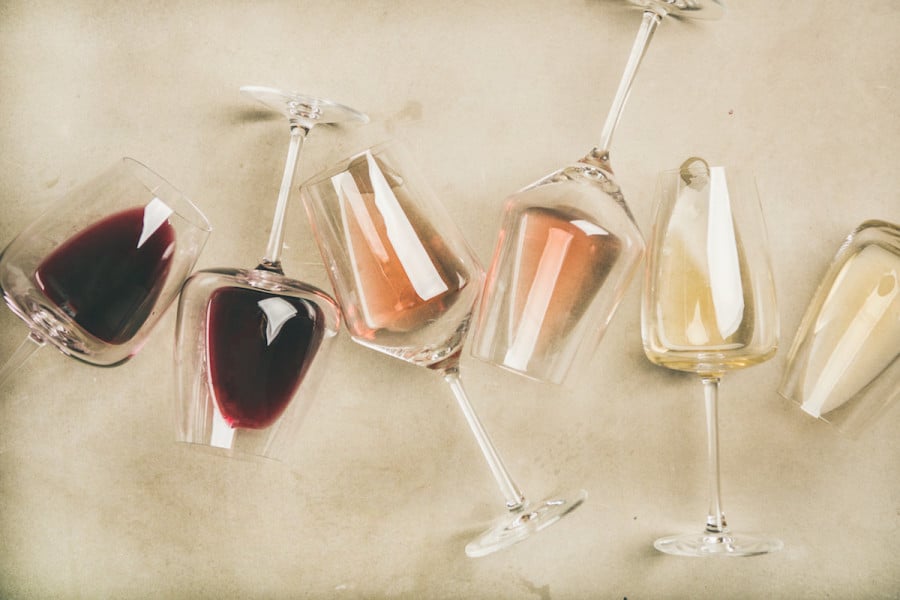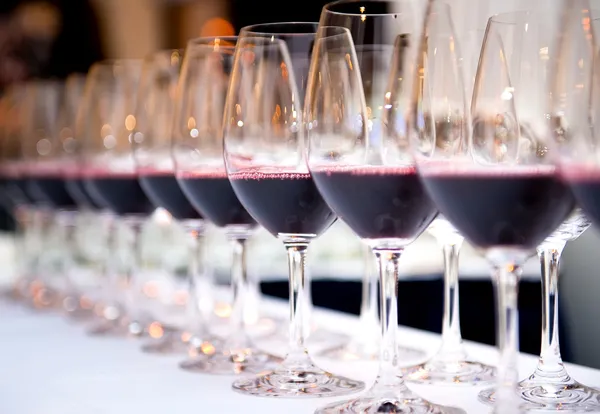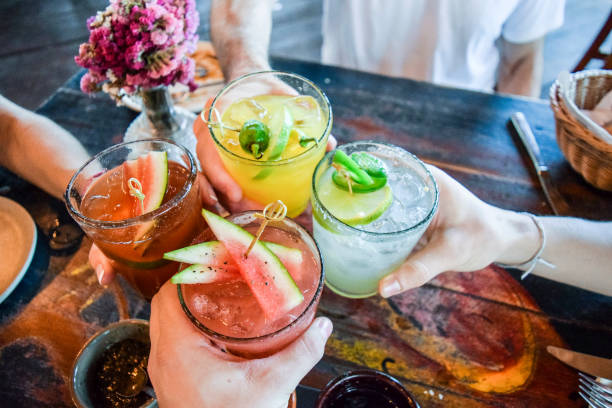We love wine, and while we wouldn’t exactly call ourselves sommeliers, we do pride ourselves in the fact we can walk through Target and pick out exactly which wine we know we’ll love! The knowledge we have has come from our ~many~ winery excursions that always include a wine tasting. (www.sapns2.com) And, ya know, a certain amount of trial and error. (What else were we supposed to do all cooped up during Covid?) So today we’ll be sharing with you some basic wine tasting practices that will make you look like a pro at your next wine tasting adventure. Let’s get started!
(image via: istock)
Wine Tasting Practices
It can be a little intimidating going to a wine tasting, and while you are not at all required to know what you’re doing, it’s kind of nice to go in with a little knowledge, so we’ll just cover the basic basics, but you’ll still be lookin’ like a full-on professional compared to those amateur friends of yours!
First, you’ll look at your wine and the hue will give you an idea of the age of the wine. The best way to do this is against a white background so you can see the color for what it really is, but, of course, this won’t always be an option. Let’s break down the hues.
Red wines will either have a purple or ruby hue. If the hue is purple this is a more youthful wine, versus ruby which is a more aged wine.
White wines will either have a pale yellow hue or a deep lemon-gold hue. A pale yellow hue means this is a more youthful wine, versus deep lemon which is, you guessed it, a more aged wine.
(image via: istock)
Next, smell. Most of us have probably caught a scene in a movie or tv show where you see people giving their wine a little sniff before commenting on it, and now you can do that too and actually know what you’re sniffing! (Because haven’t we all faked this a time or two?)
To sniff your wine properly, you’ll want to sniff, swirl, then sniff again. If you do this again and again and keep smelling something different, then you’re tasting a very complex wine; and the more complex, the better the quality. And don’t be afraid to really get in there, you want your sniffs to be quality sniffs.
Certain aromas will in fact tell us where our wine is at in the development cycle, for instance, if you are smelling aromas such as black cherry, yellow apple, or violet, this is a very primary stage of development. If you’re getting more of a vanilla, charred wood, or smoky scent, this is known as the secondary stage of development, and lastly, if you’re getting mushroom, cereal, leather, or honey, these are the scents of very matured wine.
Don’t worry if your sniffer isn’t picking up such specific aromas, this part of the process takes a little practice.
(image via: pexels)
And last, but certainly not least, taste.
Now, our tongue is programmed to help us perceive five things: sweet, bitter, sour, umami, and salty. The tip of our tongue picks up sweet tastes, while the back picks up bitter tastes, and the middle is for the salty and sour things. Tasting wine can sometimes have our senses competing against one another, but the tongue doesn’t life. So a really great trick when it comes to wine tasting is to dip the tip of your tongue into your wine, and if your tongue registers any sweetness, then there is in fact sugar content, if not, this is a dry wine.

(image via: master class)
And the last four keywords we’ll introduce to you when it comes to wine tasting are: body, tannin, acidity, and finish.
Body: this refers to how the wine feels in the mouth, and the weight and texture to it. Alcohol adds weight, and combined with higher tannins and fruit components will all work to increase this perception of ‘body’. A full-bodied wine has, therefore, higher alcohol, tannin, and intense fruit flavors. Light-bodied wine would have delicate flavors, lower alcohol but perhaps higher acidity.
Tannin: this is like a gripping sensation that can also be found in tea and can have a drying effect. For those completely in the dark, and we totally get it, the best way to describe this is if you bite down on a bath towel, that feeling is similar to how tannin can affect your mouth; the stronger this sensation, the higher the tannin.
Acidity: this is really important in wine. Too much can be unappealing, but too little and a wine can feel flat or ‘flabby’; balance is the key. A simple way to test for acid is to see how much your mouth waters after you try a wine. A lot of mouth-watering indicates a lot of acidities, it’s a natural reflex. Tilt your head slightly forward after drinking the wine and see if you can feel the salvia running forward.
Finish: this is the length of time that you can continue experiencing the taste of the wine after you have swallowed it. A long finish is desirable as it gives you more time to enjoy the wine. A taste that quickly disappears is described as short, and it can leave you somewhat unsatisfied.
(Source)







